Introduction: Navigating the Evolving Landscape of Digital Monetization in 2025
The digital world moves at lightning speed. What worked for monetizing your website or app yesterday might be obsolete tomorrow. As we look towards 2025, the landscape of digital advertising is undergoing significant transformations – driven by privacy regulations, the impending demise of third-party cookies, the rise of AI, and ever-evolving user expectations.
For publishers, bloggers, app developers, and content creators, choosing the right ad network is more critical than ever. It’s not just about placing ads; it’s about finding a strategic partner that aligns with your audience, content, technical capabilities, and revenue goals while respecting user experience. Making the wrong choice can lead to low earnings, frustrated users, and wasted potential. Making the right choice, however, can unlock substantial revenue streams, fueling growth and enabling you to create even better content or features.
But with dozens, if not hundreds, of ad networks vying for your ad inventory, how do you choose? Which platforms are best positioned to thrive in the privacy-first, AI-driven environment of 2025?
This ultimate guide is designed to cut through the noise. We’ll delve into the fundamentals of ad networks, explore the crucial factors you need to consider, and most importantly, highlight the best ad networks poised for success in 2025 for both website and app monetization. Whether you’re just starting or looking to optimize your existing strategy, this comprehensive overview will equip you with the knowledge to make informed decisions and maximize your earnings potential.
Let’s navigate the future of ad monetization together.
What Exactly is an Ad Network (And Why You Need One)?
Before diving into the “best,” let’s ensure we’re on the same page.
An ad network acts as an intermediary, connecting advertisers who want to display ads with publishers (website owners and app developers) who have ad space (inventory) available.
Think of it like a marketplace:
- Advertisers come to the network looking for specific audiences or placements to promote their products or services. They set budgets and targeting criteria.
- Publishers integrate the ad network’s code (SDK for apps, ad tags for websites) into their platform, making their ad inventory available.
- The Ad Network’s Technology then uses algorithms to match relevant ads from advertisers to the available ad spaces on publisher sites/apps , based on factors like targeting, bidding, and ad quality.
- When a user sees (impression) or clicks on (click) an ad, the publisher earns revenue, and the ad network takes a commission for facilitating the transaction.
Why are they essential?
- Access to Advertisers: Manually finding advertisers willing to place ads on your site/app is incredibly time-consuming and often unfeasible, especially for smaller publishers. Ad networks provide access to a vast pool of advertisers instantly.
- Technology & Efficiency: They handle the complex tasks of ad serving, targeting, tracking, reporting, and payment processing.
- Yield Optimization: Many networks use sophisticated algorithms to maximize the revenue generated from your ad inventory (eCPM – effective Cost Per Mille/Thousand Impressions).
- Variety of Formats: They offer various ad formats (display, video, native, etc.) to suit different placements and user experiences.
Key Terminology You MUST Understand
Navigating the ad network world requires understanding the lingo:
- CPM (Cost Per Mille/Thousand): The amount an advertiser pays per 1,000 ad impressions (views). Publishers often earn based on CPM.
- CPC (Cost Per Click): The amount an advertiser pays each time a user clicks on their ad. Publishers earn when ads are clicked.
- CPA (Cost Per Action/Acquisition): The amount an advertiser pays when a user performs a specific action after clicking an ad (e.g., signing up, making a purchase). Less common for direct publisher payout but influences advertiser bids.
- Fill Rate: The percentage of ad requests that successfully get filled with an ad. A 100% fill rate means an ad was shown every time one was requested. Low fill rates mean missed revenue opportunities.
- eCPM (Effective Cost Per Mille): This is YOUR effective earning per 1,000 impressions, regardless of whether the model was CPM, CPC, or CPA. Calculated as (Total Earnings / Total Impressions) * 1000. It’s the ultimate metric for comparing performance across different networks and ad units.
- Ad Inventory: The total amount of ad space available on your website or app.
- Ad Units: Specific placements on your site/app where ads are displayed (e.g., leaderboard banner, sidebar rectangle, interstitial video).
- Programmatic Advertising: The automated buying and selling of ad inventory in real-time through platforms like ad exchanges and Supply-Side Platforms (SSPs). Most major networks utilize programmatic technology.
- Header Bidding: An advanced programmatic technique allowing publishers to offer their inventory to multiple ad exchanges simultaneously before making calls to their ad server. This increases competition and often leads to higher CPMs. Crucial for website monetization in 2025.
- SDK (Software Development Kit): A set of tools and code libraries app developers integrate into their apps to display ads from a specific network (e.g., Google AdMob SDK).
Crucial Factors for Choosing the Right Ad Network in 2025
Selecting an ad network isn’t a one-size-fits-all decision. What works wonders for a high-traffic news site might be unsuitable for a niche mobile game. Here are the key factors to evaluate for 2025:
- Traffic Volume & Quality:
- Requirement: Many premium networks have minimum traffic thresholds (e.g., 50,000 or 100,000+ monthly sessions/pageviews). Be realistic about your numbers.
- Quality: Networks increasingly value quality traffic (engaged users, low bounce rates, genuine human visitors) over sheer volume. Bots and low-quality traffic can get you banned.
- Niche & Content Type:
- Some networks specialize in specific verticals (e.g., gaming, finance, tech).
- The nature of your content influences the types of advertisers attracted and the ad formats that perform best. Ensure the network aligns with your content’s context.
- Geographical Location of Audience:
- Where does most of your traffic come from? Some networks have stronger advertiser demand in specific regions (especially Tier 1 countries like US, UK, CA, AU). Choose a network with good fill rates and CPMs for your primary audience locations.
- Ad Formats Supported:
- Standard Display: Banners (leaderboards, rectangles, skyscrapers). Still relevant but often lower CPMs.
- Native Ads: Ads designed to blend seamlessly with your content’s look and feel. Generally higher engagement and CPMs, good for UX. Essential for 2025.
- Video Ads: In-stream (pre-roll, mid-roll, post-roll) and out-stream (in-content). High CPMs but can impact user experience if overdone. Crucial for video-heavy sites/apps .
- Interstitial Ads: Full-screen ads appearing at natural transition points (e.g., between levels in a game, page loads). High impact for apps, use cautiously on web.
- Rewarded Video Ads (Apps): Users opt-in to watch a video ad in exchange for an in-app reward (e.g., extra life, virtual currency). Very effective for app monetization.
- Monetization Models (CPM, CPC):
- Understand how the network pays. CPM is generally preferred for brand awareness campaigns, while CPC focuses on performance. Most networks offer a blend, optimizing for the highest yield (eCPM).
- Payment Terms & Thresholds:
- Payment Frequency: Net-30, Net-60, Net-90 (meaning you get paid 30, 60, or 90 days after the end of the month you earned the revenue). Faster is better.
- Payment Threshold: The minimum amount you need to earn before they pay out (e.g., $50, $100). Lower thresholds are better for smaller publishers.
- Payment Methods: PayPal, Wire Transfer, Check, etc. Ensure they offer a convenient method for you.
- Technology & Features:
- Dashboard & Reporting: Needs to be intuitive, providing detailed insights into performance by ad unit, geo, device, etc. Real-time reporting is a plus.
- Targeting Capabilities: Does the network offer sophisticated targeting options advertisers can use? (Contextual, demographic, geographic). Better targeting often means higher CPMs.
- Header Bidding Support: For websites, does the network participate effectively in header bidding wrappers?
- Mediation Platform (Apps): For apps, does the network offer or easily integrate with mediation platforms that allow you to manage multiple ad networks?
- AI/Machine Learning: Networks leveraging AI for yield optimization, ad placement, and contextual targeting will have an edge in 2025.
- User Experience (UX) & Ad Quality:
- This is PARAMOUNT for 2025. Intrusive, low-quality, or irrelevant ads will drive users away.
- Does the network have strong ad quality controls? Can you block certain categories or specific advertisers?
- Prioritize networks that respect Core Web Vitals (for websites) and don’t overload users with ads.
- Support & Reputation:
- How responsive and helpful is their publisher support? Look for reviews and testimonials. A dedicated account manager is a huge plus for larger publishers.
- What is the network’s reputation in the industry? Are they known for fair practices and timely payments?
- Compliance & Privacy Focus:
- Crucial for 2025! Does the network have clear policies and tools to help you comply with regulations like GDPR (Europe), CCPA/CPRA (California), etc.?
- How are they adapting to the cookieless future? Are they investing in privacy-preserving solutions like contextual targeting, first-party data integration, and identity solutions? Networks ignoring this will struggle.
The Best Ad Networks of 2025: Top Contenders
Based on the factors above and current industry trends, here are the ad networks expected to be leading choices for publishers and app developers in 2025. We’ve categorized them for clarity.
(Note: The ad tech landscape is dynamic. Mergers, acquisitions, and technological shifts can happen quickly. Always do your own due diligence.)
Category 1: The Ubiquitous Giants (Good Starting Points)
- Google AdSense (Website)
- Overview: The most well-known ad network, often the first stop for new websites. Easy to set up and manage.
- Pros: Low entry barrier (no strict traffic minimums, though site quality matters), wide range of ad formats (display, native, auto ads), integrates seamlessly with other Google products, reliable payments. Strong global advertiser base. Adapting with privacy sandbox initiatives.
- Cons: CPMs can be lower compared to premium networks, especially for non-Tier 1 traffic. Support can be impersonal for smaller publishers. Can be sensitive to policy violations. Revenue share isn’t always the highest.
- Best for: New websites, blogs, smaller publishers, sites needing a reliable baseline or fallback option.
- 2025 Outlook: Remains essential due to its scale and integration. Its adaptation to the cookieless world via Privacy Sandbox and Topics API will be critical. Expect continued focus on Auto Ads and AI-driven optimization.
- Google AdMob (App)
- Overview: The mobile app equivalent of AdSense, the dominant player in app monetization.
- Pros: Huge global advertiser demand, robust SDK, supports various formats (banner, interstitial, rewarded video, native), excellent mediation platform (allowing you to integrate other networks), integrates with Firebase, reliable payments.
- Cons: Similar to AdSense, CPMs might not always be the absolute highest compared to specialized networks in certain niches (like gaming). Policy enforcement can be strict.
- Best for: Almost all app developers, from indie to large studios. Essential as a primary network or within a mediation stack.
- 2025 Outlook: Will remain the cornerstone of app monetization. Continued investment in rewarded formats, mediation capabilities, and adapting to platform privacy changes (like Apple’s ATT) is expected.
Category 2: Premium Managed Ad Services (High Traffic Websites)
These networks typically require significant traffic (often 100k+ monthly sessions) and offer a full-service approach, managing your entire ad stack for optimal revenue.
- Mediavine
- Overview: A highly respected, full-service ad management partner known for its publisher-first approach, technology, and strong community.
- Pros: Excellent CPMs (often significantly higher than AdSense), dedicated support, proprietary technology (including video players, universal player), focus on lightweight ads and site speed (Core Web Vitals), active community, transparent practices. Strong focus on first-party data solutions.
- Cons: Strict entry requirements (currently 50,000 sessions/month minimum, focus on original long-form content, good Google standing), exclusivity requirement (they manage all your ad inventory).
- Best for: Established bloggers, content creators, and niche websites with high-quality, long-form content and significant traffic (primarily US-focused).
- 2025 Outlook: Very well-positioned. Their focus on site speed, UX, first-party data (Grow.me), and direct relationships with advertisers makes them resilient in the changing landscape. Likely to remain a top choice for qualifying publishers.
- AdThrive / Raptive
- Overview: Recently rebranded from AdThrive + CafeMedia to Raptive, this is another powerhouse in full-service ad management, competing directly with Mediavine.
- Pros: Consistently delivers top-tier CPMs, sophisticated ad optimization technology, dedicated support teams, wide range of ad formats, strong relationships with premium advertisers. Investing heavily in identity solutions and data analysis.
- Cons: High traffic requirements (typically 100,000+ monthly pageviews), rigorous site quality review, exclusivity requirement. Can sometimes feel more corporate than Mediavine.
- Best for: High-traffic websites, professional bloggers, established digital publishers demanding maximum revenue and hands-off management.
- 2025 Outlook: Like Mediavine, Raptive is well-prepared for the future with its scale, technology, and focus on data and direct deals. Their ability to command premium rates will keep them highly desirable for top-tier publishers.
Category 3: Programmatic Platforms & SSPs (Advanced Publishers)
These platforms offer more direct access to programmatic demand (ad exchanges, DSPs) and often require more technical understanding. They power many of the managed services but can also be accessed directly or via header bidding.
- PubMatic
- Overview: A leading independent Supply-Side Platform (SSP) providing publishers with tools to control and monetize their digital ad inventory across various formats and channels (web, mobile, video, CTV).
- Pros: Strong header bidding solutions (OpenWrap), robust analytics, focus on transparency and supply path optimization (SPO), global reach, supports various formats including CTV. Investing in identity solutions.
- Cons: Can be more complex to manage directly than AdSense or managed services. Better suited for publishers with technical resources or those working with a partner.
- Best for: Larger publishers, publishers using sophisticated header bidding setups, those looking for more control over their programmatic strategy.
- 2025 Outlook: Well-positioned as an independent SSP. Their focus on transparency, header bidding, and expanding into growth areas like CTV makes them a key player in the programmatic ecosystem.
- Magnite
- Overview: Formed from the merger of Rubicon Project and Telaria, Magnite is one of the world’s largest independent SSPs, offering omnichannel monetization solutions.
- Pros: Massive scale and advertiser demand, strong in display, video, and especially Connected TV (CTV), advanced header bidding technology (Demand Manager), robust reporting.
- Cons: Primarily targets large publishers and enterprise clients. Direct integration can be complex.
- Best for: Large media companies, publishers with significant video and CTV inventory, sophisticated programmatic teams.
- 2025 Outlook: A dominant force, particularly strong in the rapidly growing CTV space. Their scale and technology make them a critical partner for major publishers navigating the future of advertising.
- Index Exchange
- Overview: Another major independent ad exchange focused on transparency and efficiency. Known for its strong header bidding integration and commitment to fair auctions.
- Pros: Leader in header bidding technology, focus on ad quality and transparency, strong global demand, real-time identity solutions.
- Cons: Geared towards medium-to-large publishers with programmatic expertise.
- Best for: Publishers prioritizing transparency, advanced header bidding implementations, and access to premium demand.
- 2025 Outlook: Their commitment to transparency and efficient technology positions them well, especially as the industry demands more clarity in the programmatic supply chain. Strong focus on privacy-compliant identity solutions.
- OpenX
- Overview: An SSP known for its focus on quality inventory and direct advertiser relationships. Certified as a CarbonNeutral® company.
- Pros: High-quality demand, strong commitment to fighting ad fraud, good performance, header bidding solutions (OpenX Bidder). Focus on sustainability.
- Cons: Can have stricter quality requirements for publishers.
- Best for: Publishers focused on maintaining a high-quality ad experience and accessing premium brand advertisers.
- 2025 Outlook: Their focus on quality and sustainability could become increasingly important differentiators. Continued strength in programmatic direct and private marketplace deals.
Category 4: Specialized & Niche Networks
- Amazon Publisher Services (APS)
- Overview: Amazon’s offering allows publishers to access unique demand from Amazon advertisers and integrates easily with header bidding setups (Transparent Ad Marketplace – TAM).
- Pros: Access to exclusive Amazon demand (often high CPMs), transparent auction dynamics, easy integration, particularly for publishers already using header bidding. Leverages Amazon’s vast first-party data contextually.
- Cons: Primarily supplemental demand – best used alongside other networks/SSPs. Performance can vary depending on content niche and audience overlap with Amazon shoppers.
- Best for: Websites (especially those using header bidding) looking to add high-quality, competitive demand to their stack. Particularly effective for e-commerce, review, and lifestyle sites.
- 2025 Outlook: Increasingly important. As third-party cookies fade, Amazon’s first-party data advantage becomes more potent, making APS a crucial demand source.
- Media.net
- Overview: A leading contextual ad network, often seen as a direct competitor to AdSense. Strong partnership with Yahoo! Bing Network.
- Pros: Strong performance in contextual targeting (showing ads based on page content), high-quality native ad formats, access to unique search demand from Yahoo!/Bing, dedicated account managers for some publishers.
- Cons: Can be stricter with approvals than AdSense. Performance heavily depends on content niche and keyword relevance. Fill rates might be lower outside Tier 1 geos.
- Best for: Publishers with text-rich content, niche blogs, product review sites where contextual relevance is high. A good alternative or supplement to AdSense.
- 2025 Outlook: Very well-positioned for the cookieless future due to its strength in contextual advertising. Expect continued innovation in contextual targeting algorithms.
- Taboola / Outbrain (Content Discovery / Native)
- Overview: These are the dominant players in content discovery (“around the web,” “recommended for you” widgets). They primarily use native ad formats, often placed below articles. (Note: They attempted to merge but it fell through; competition remains).
- Pros: Can generate significant revenue, especially on sites with high pageviews per session. Native formats can be less intrusive than banners if implemented well. Offer CPC and CPM models.
- Cons: Ad quality can sometimes be controversial (clickbait headlines). Can impact site aesthetics and potentially UX if not carefully managed. Performance varies greatly by site.
- Best for: News sites, large blogs, entertainment portals with lots of content and engaged readers willing to click recommendations. Best used strategically, not necessarily on every page.
- 2025 Outlook: Their model relies less on third-party cookies than standard display. Continued focus on AI for recommendations and publisher controls will be key. The quality perception challenge remains.
- Unity Ads (App – Gaming Focus)
- Overview: A leading mobile ad network, particularly dominant within games built on the Unity engine, but available for others too.
- Pros: Excellent integration for Unity games, strong performance in rewarded video and interstitial formats, high fill rates for gaming audiences globally, sophisticated targeting options for gamers.
- Cons: Primarily focused on gaming; might not perform as well for non-gaming apps.
- Best for: Mobile game developers (essential), apps targeting gamer demographics.
- 2025 Outlook: Will remain a cornerstone for game monetization. Continued innovation in ad formats tailored to gaming experiences and adaptation to privacy measures are expected.
- AppLovin (App – Comprehensive Platform)
- Overview: More than just an ad network, AppLovin offers a comprehensive platform for mobile app growth, including monetization (MAX mediation), marketing, and analytics.
- Pros: Powerful mediation platform (MAX) optimizing yield across multiple networks, strong demand sources, robust analytics and user acquisition tools, good performance especially in gaming.
- Cons: Can be more complex due to the breadth of its platform. Primarily app-focused.
- Best for: App developers (especially gaming) looking for an integrated growth and monetization solution, particularly those wanting sophisticated mediation.
- 2025 Outlook: Their integrated platform approach and powerful mediation technology position them strongly for the future of app monetization and growth.
- Ezoic
- Overview: An AI-driven platform focused on automated testing and optimization of ad placements, layouts, and network partners to maximize revenue and UX. Often serves as a stepping stone between AdSense and premium networks like Mediavine/Raptive.
- Pros: Uses AI to test thousands of ad combinations, potentially increasing revenue significantly. Offers features beyond ads (site speed tools, analytics). Lower entry threshold than Mediavine/Raptive (often around 10k sessions/month). Good reporting.
- Cons: Can have a steeper learning curve. AI control means less manual placement tweaking. Some users report initial site speed impacts during setup (though they have tools to mitigate this). Requires DNS integration for full functionality.
- Best for: Publishers outgrowing AdSense but not yet meeting premium network requirements, those interested in data-driven optimization and willing to let AI take the reins.
- 2025 Outlook: Their focus on AI optimization and balancing revenue with UX (including Core Web Vitals) aligns well with future trends. A strong contender for mid-tier publishers.
Strategies for Maximizing Ad Revenue in 2025
Simply choosing a network isn’t enough. You need a smart strategy:
- Prioritize User Experience (UX): This cannot be overstated. Slow-loading ads, intrusive formats, and excessive ad density will kill your audience retention and harm your SEO (Core Web Vitals). A good UX leads to more engaged users, higher viewability, and ultimately, better long-term revenue. Use fewer, better-placed, high-performing ads.
- Implement Header Bidding (Websites): If you’re not using it already and qualify for networks that support it, implement header bidding. It’s the standard for maximizing programmatic yield by increasing competition for your inventory. Use managed solutions (like Mediavine/Raptive) or header bidding wrappers (like Prebid.js) with SSP partners.
- Use Ad Mediation (Apps): Don’t rely on a single app ad network. Use a mediation platform (like AdMob Mediation, AppLovin MAX, Unity LevelPlay) to call multiple networks in an optimized waterfall or real-time bidding setup. This ensures the highest paying network fills each ad request.
- Diversify Your Networks (Where Applicable): While premium managed services often require exclusivity, if you’re managing your own stack (especially with header bidding or mediation), using multiple demand sources (AdSense/AdMob as a backfill, various SSPs, APS) generally increases fill rates and overall eCPM.
- Optimize Ad Placements & Formats: Continuously test different ad unit sizes, formats, and positions. What works best above the fold? Which native ad style resonates? Does a sticky anchor ad perform well without annoying users? Use network reporting and A/B testing.
- Focus on High-Value Formats: Video ads (especially rewarded video in apps) and well-integrated native ads typically command higher CPMs than standard banners. Explore these strategically.
- Leverage First-Party Data: As third-party cookies disappear, your own audience data becomes invaluable. Collect data compliantly (e.g., via email sign-ups, user registrations) and explore how your ad partners can help you leverage this for better targeting and higher CPMs (some platforms offer tools for this).
- Stay Compliant: Keep abreast of privacy regulations (GDPR, CCPA, etc.) and ensure your site/app and your ad partners comply. Use Consent Management Platforms (CMPs) where required. Non-compliance can lead to hefty fines and network bans.
- Monitor Performance Religiously: Regularly check your ad network dashboards. Track eCPM, fill rates, revenue per session, viewability, and performance by ad unit, device, and geo. Identify trends and areas for improvement.
Future Trends Shaping Ad Monetization (2025 and Beyond)
- The Cookieless Reality: Adaptation is key. Expect continued growth in:
- Contextual Targeting: Serving ads based purely on page content.
- First-Party Data Strategies: Publishers leveraging their direct audience relationships.
- Unified ID Solutions: Industry attempts to create privacy-compliant identifiers (e.g., UID 2.0, RampID).
- Google’s Privacy Sandbox: Topics API and FLEDGE becoming more integrated.
- AI and Machine Learning: AI will permeate everything – yield optimization, predictive analytics, automated placement testing, contextual analysis, and even creative generation. Networks heavily investing in AI will have an advantage.
- Video & CTV Growth: Video advertising, especially on Connected TV, will continue its rapid expansion, offering high CPM opportunities for relevant publishers.
- Emphasis on Ad Quality & Transparency: Advertisers and users alike demand less intrusive, more relevant, and higher-quality ad experiences. Transparency in the supply chain (knowing where ad money goes) will remain crucial.
- Sustainability: Environmental impact is becoming a consideration, with networks like OpenX achieving carbon neutrality. Expect this to become a growing factor.
Conclusion: Choosing Your Path to Monetization Success in 2025
The world of digital ad monetization is complex and constantly shifting, but the opportunities for publishers and app developers remain immense. As we head into 2025, success hinges on choosing strategic partners who not only offer strong revenue potential but are also prepared for the privacy-centric, AI-driven future.
There is no single “best” ad network for everyone. The ideal choice depends on your specific circumstances – your traffic levels, content niche, audience geography, technical resources, and tolerance for managing complexity versus opting for a full-service solution.
See Also
-
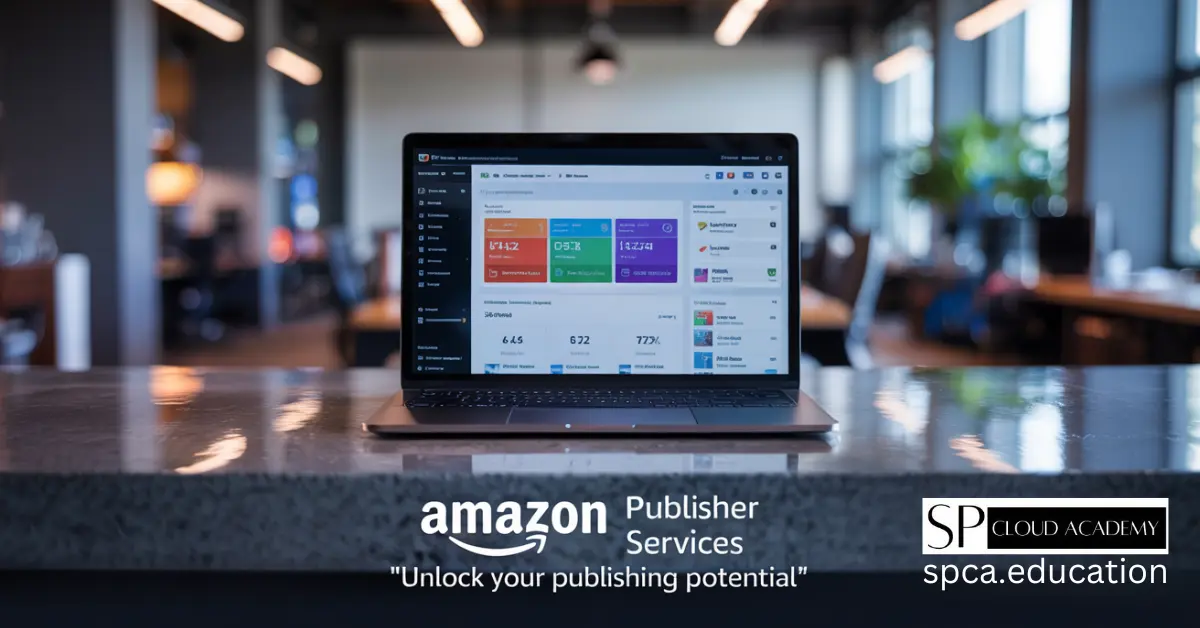
Amazon Publisher Services Explained: Why Top Publishers Are Making the Switch
-
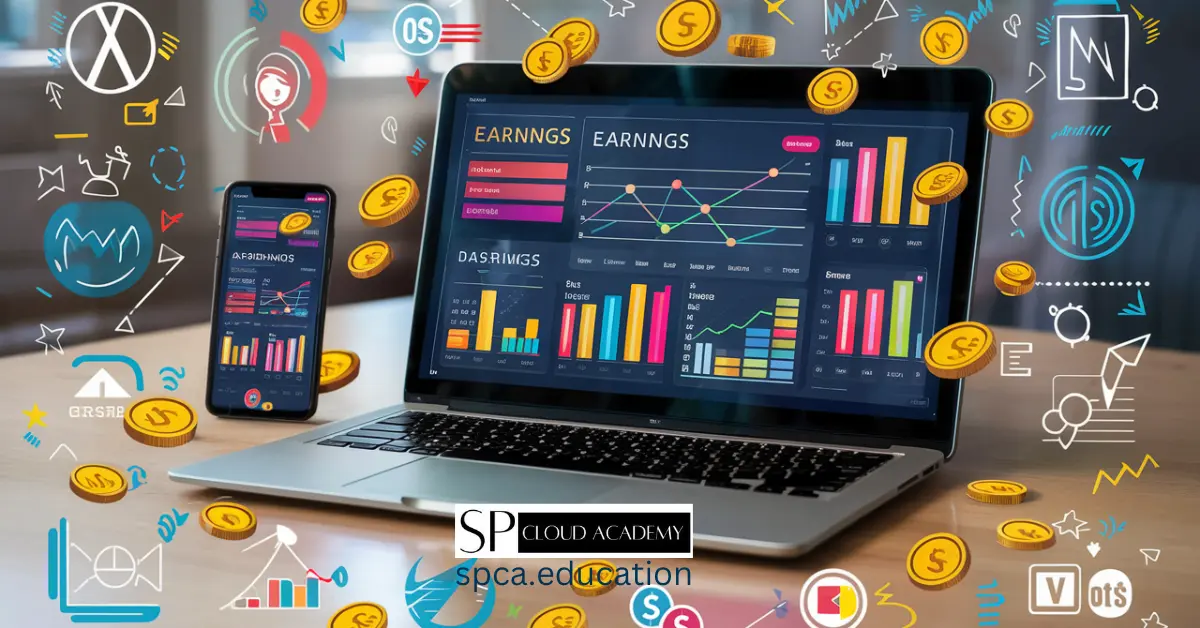
The Best Ad Networks of 2025: The Ultimate Monetization Guide for Your Website and App
-

Video Marketing Ideas for Rapid Engagement: Boost Your Audience Interaction Today
-

Email Marketing Strategies to Boost Sales Fast
-

10 Digital Advertisement Techniques That Skyrocket Your Brand’s Success Overnight
-
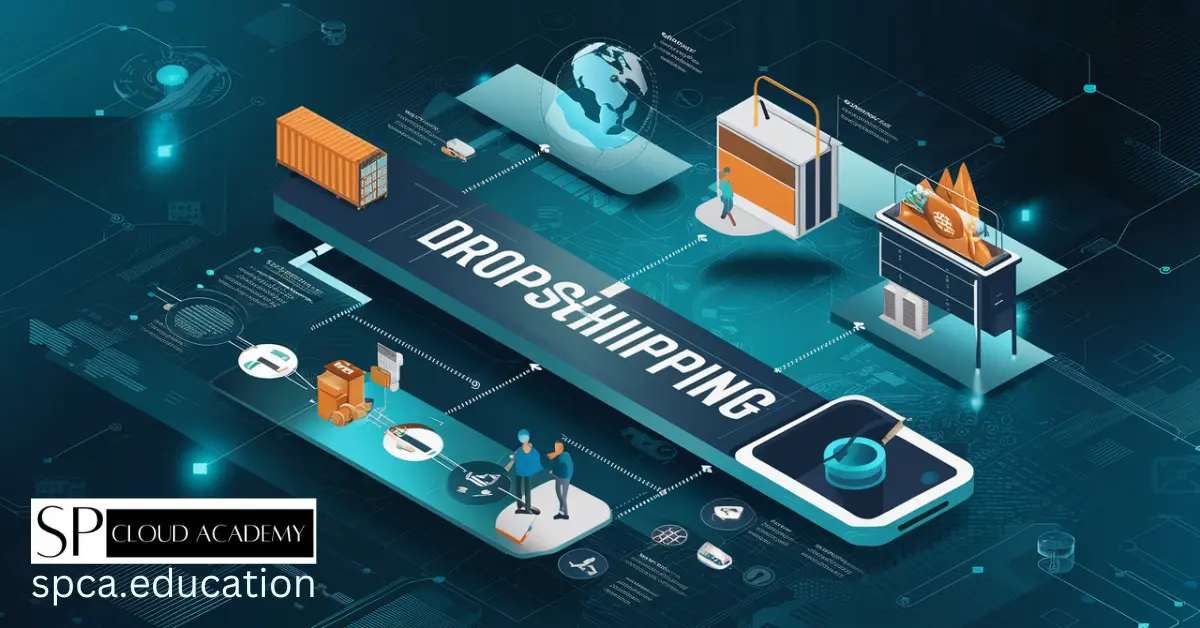
The Ultimate Dropshipping Blueprint: Step-by-Step Guide to Success
-
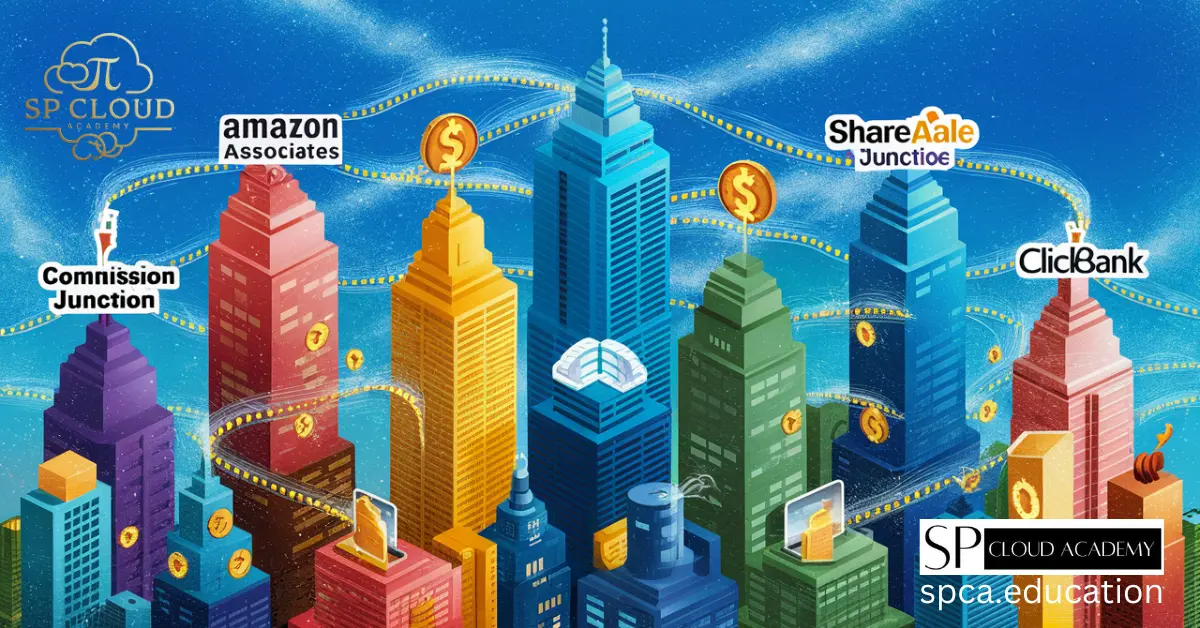
Top 10 Affiliate Marketing Platforms to Skyrocket Your Passive Income in 2025
-
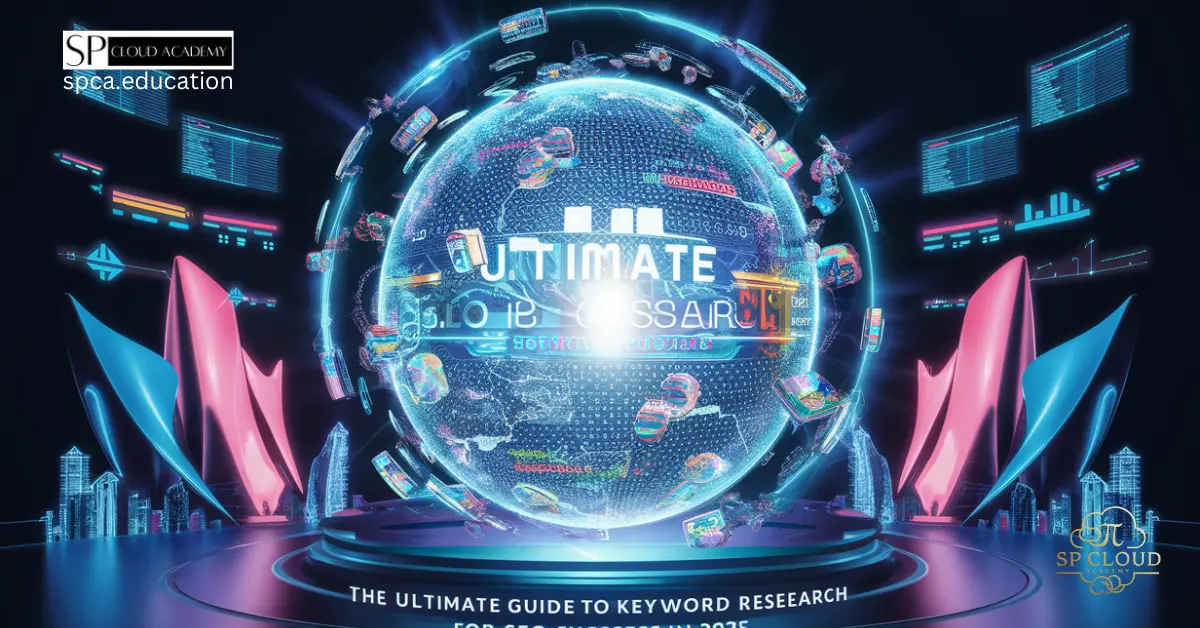
The Ultimate Guide to Keyword Research for SEO Success in 2025
-

Promoting Blog with Pinterest: A Comprehensive Guide for 2025